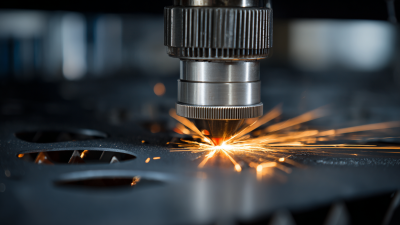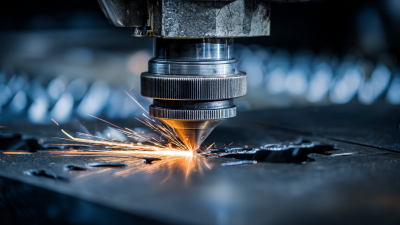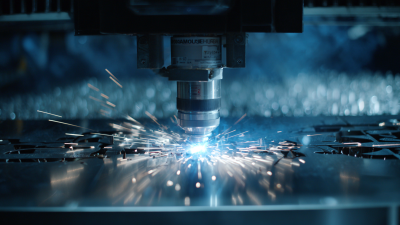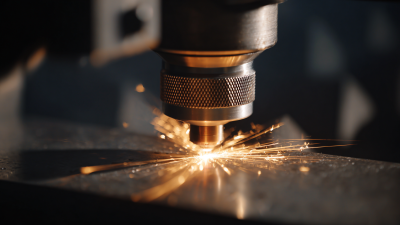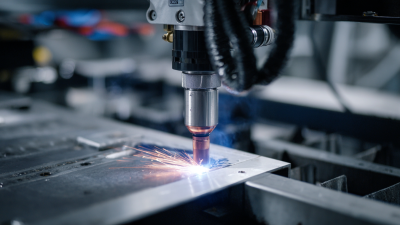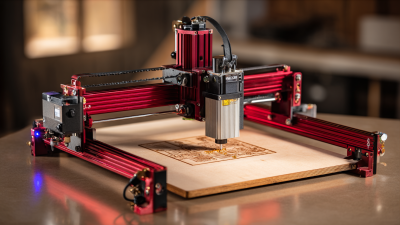1101 W. Sanilac Rd. Caro, MI 48723
989.673.6690
In an age where technology continually reshapes artistic boundaries, the advent of the laser etching machine stands out as a transformative force in the realm of art and design. This innovative tool empowers artists and designers to explore new creative possibilities, allowing for intricate details and precision that traditional methods may struggle to achieve. Through the precision of laser etching, artists can bring their visions to life on a variety of materials, from wood and glass to metal and acrylic, thus expanding the canvas for artistic expression. The ability to effortlessly replicate complex designs ensures that creativity is no longer limited by manual techniques, but instead augmented by cutting-edge technology. As we delve deeper into the impact of laser etching machines, we will uncover how they are not only revolutionizing the way art is created but also democratizing the design process, making it more accessible and versatile for creators of all backgrounds.
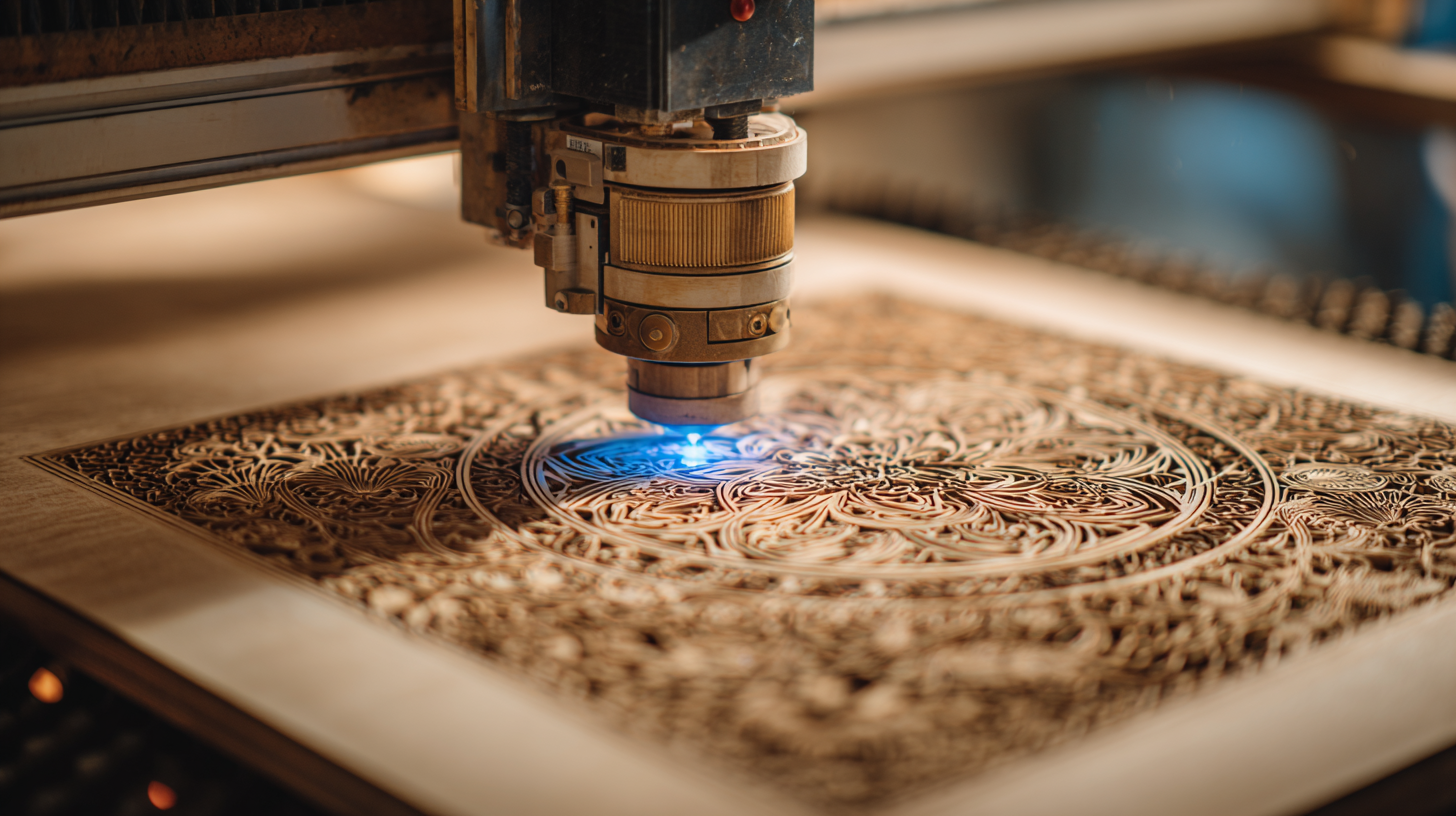
Laser etching machines are redefining the landscape of modern art and design, providing artists with unprecedented creative possibilities. By allowing precise material engagement, these machines enable intricate patterns and designs to be engraved onto a variety of surfaces, transforming traditional approaches to artistry. For instance, innovative applications of laser technology have emerged especially as seasonal celebrations like Halloween approach, where artists can create custom decorative items tailored to these events. This not only enhances the personal touch in gifts and decor but also elevates the artistic expression involved in seasonal crafts.
Furthermore, educational institutions are embracing these advancements, as seen in projects where students design miniaturized living spaces from wood using laser etching. Such initiatives encourage a blend of craftsmanship with technical skills, pushing students to explore the intersection of traditional art and cutting-edge technology. In this evolving ecosystem, laser etching serves not merely as a tool but as a catalyst for innovation, enabling artists to experiment with new forms and mediums that challenge and expand the boundaries of contemporary creativity.

Laser technology has significantly impacted design precision and consumer trends in various industries. Recent reports indicate that the global laser technology market is projected to reach approximately $15 billion by 2025, growing at a CAGR of around 5.8%. This growth is driven by advancements in laser etching and cutting technologies, which allow for intricate designs previously unachievable with traditional methods. These precise capabilities are revolutionizing the way artists and designers approach their craft, enabling them to execute more complex and customized projects swiftly.
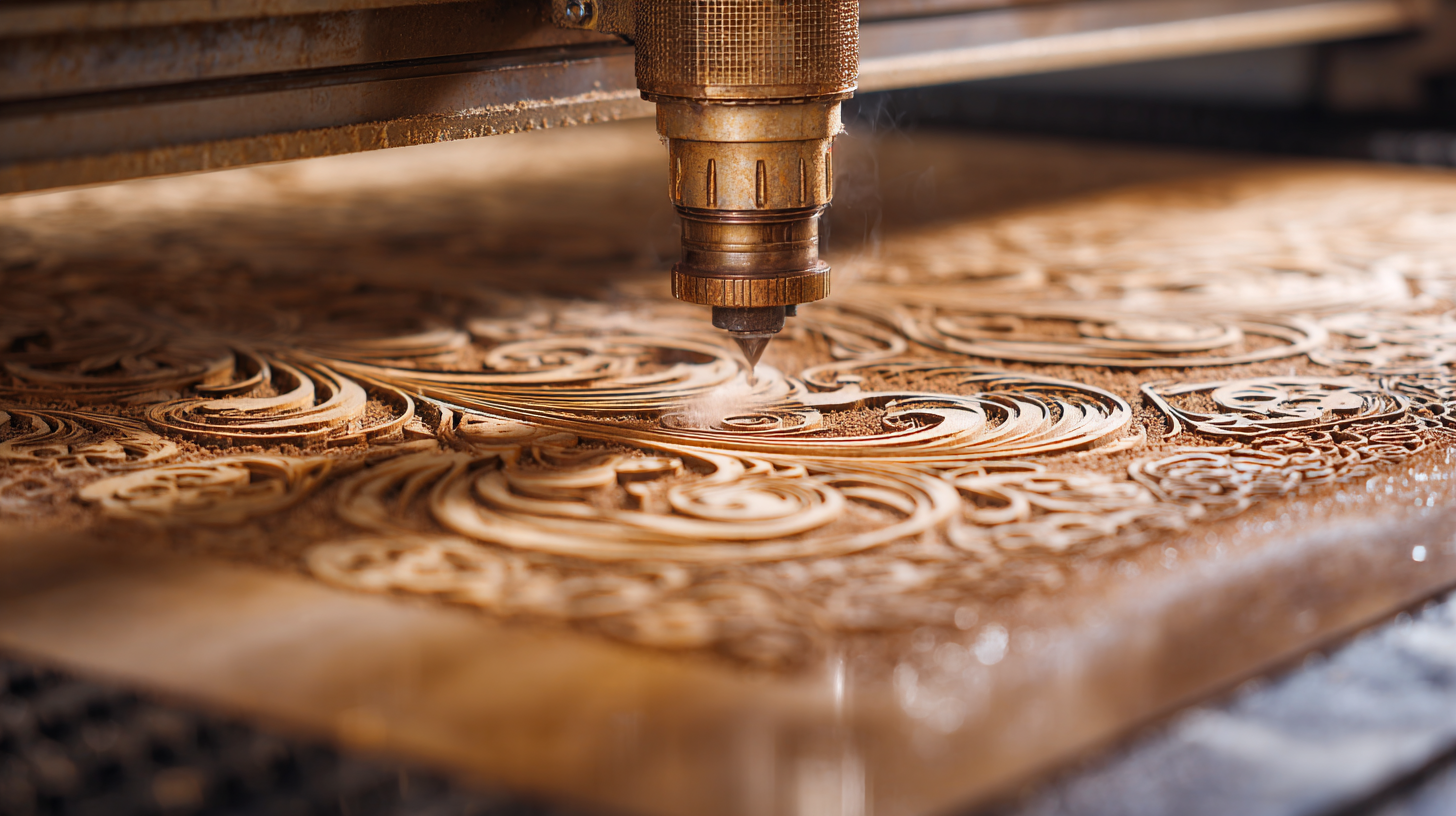
Furthermore, laser etching machines are becoming a staple in the startup ecosystem, with over 680 companies exploring innovative applications of this technology. Among these, 20 standout startups leverage laser technology to cater to emerging consumer trends focused on personalization and sustainability. For instance, laser etching allows for exquisite customization of products, from home decor to fashion accessories, meeting the growing consumer demand for unique and personalized items. This trend not only enhances consumer engagement but also drives sales, as products are tailored to individual preferences. As such, businesses that integrate laser technology into their design processes are better positioned to thrive in a crowded marketplace.
Laser etching machines have emerged as a significant innovation in the artistic landscape, notably due to their cost efficiency. For many artists and designers, traditional methods of engraving and etching can be prohibitively expensive, both in terms of materials and labor. However, with laser etching, the initial investment in machinery can lead to substantial long-term savings. Artists can produce intricate designs with remarkable precision while minimizing waste, thereby optimizing resource usage.
Moreover, the versatility of laser etching machines allows for a broad range of materials to be used, from wood and glass to acrylic and metal. This adaptability means that artists can explore various mediums without incurring excessive costs associated with different tools and techniques. The speed at which laser etching produces high-quality outputs also enhances productivity, allowing artists to take on more projects and deliver them faster, thus improving their overall profitability. As a result, laser etching is not just a technological advancement; it represents a transformative shift that empowers creatives to enhance their craft while ensuring economic viability.
Integrating laser etching into traditional art techniques presents both challenges and benefits that reshape the creative landscape. One significant challenge artists encounter is the steep learning curve associated with operating laser etching machines. Traditional artisans, who have honed their skills over years, may find the transition to digital tools daunting. Mastering software and the precise settings of the etching machine demands time and practice, which can initially disrupt established workflows.
However, the benefits of incorporating laser etching are profound. Artists can achieve unprecedented precision and detail in their work, enhancing both the quality and complexity of their designs. This technology allows for the rapid reproduction of intricate patterns, enabling artists to explore new dimensions of creativity. Moreover, laser etching expands the range of materials that can be utilized, from wood to metal and glass, offering flexibility that traditional techniques might not provide. By blending these modern tools with conventional methods, artists can redefine their practices and reach broader audiences, ultimately leading to a more diverse and innovative art scene.
| Aspect | Details |
|---|---|
| Technology | CO2 Laser Etching |
| Materials | Wood, Acrylic, Metal, Glass |
| Applications | Decorative Art, Product Design, Prototyping |
| Benefits | Precision, Speed, Customization |
| Challenges | Cost of Equipment, Learning Curve, Material Limitations |
| Creative Integration | Blending traditional techniques with laser etching for unique styles |
| Future Trends | Increased accessibility and integration with digital design tools |
The integration of artificial intelligence (AI) into the realm of laser etching is poised to significantly enhance the creative capacities of artists and designers. According to a recent report by MarketsandMarkets, the global market for AI in the creative industry is projected to grow from $1.2 billion in 2020 to $8.6 billion by 2026, indicating a compound annual growth rate (CAGR) of 47.5%. This rapid evolution suggests that AI algorithms will assist artists in generating complex etching designs, predicting trends, and even customizing outputs based on consumer preferences.
AI's role in laser etching goes beyond mere operational efficiency; it enriches the creative process itself. For instance, AI-powered design software can analyze vast datasets to identify patterns and styles that resonate with target audiences, enabling artists to create more impactful and commercially viable work. As highlighted in the McKinsey Global Institute's research, creative sectors that incorporate AI into their workflows report a 15-30% improvement in productivity and artistic output quality. This transformation not only empowers artists but also pushes the boundaries of what is perceived as art, fostering a new wave of innovative designs that blend human ingenuity with machine intelligence.
